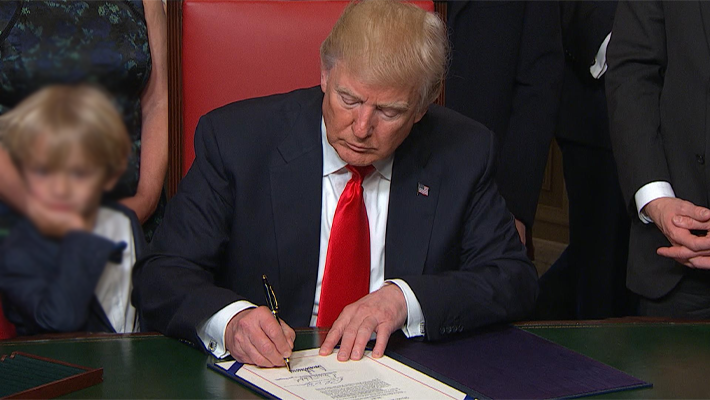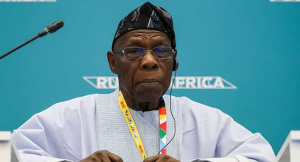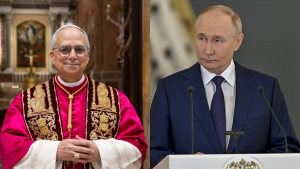
President Donald Trump of the United States has signed an executive order directing federal agencies to develop plans for new reciprocal tariffs, a move aimed at countering what he calls unfair trade practices by foreign nations. The measure, dubbed the “Fair and Reciprocal Plan,” seeks to impose equivalent tariffs on countries that charge higher duties on American goods.
Commerce Secretary nominee Howard Lutnick stated that the investigation into these tariffs is expected to conclude by April 1, after which Trump will decide on implementation. The president argued that many trading partners impose significantly higher tariffs on U.S. exports while benefiting from America’s relatively low tariff rates.
Singling out India, Trump criticized the country’s 100% tariff on American motorcycles compared to the U.S.’s 2.4% tariff on Indian motorcycles. He suggested that companies could avoid these tariffs by relocating production to the United States, a move he believes would create domestic jobs.
This push for tariffs comes at a time when inflation is beginning to rise again, raising concerns among economists that increased import costs could further drive up prices for American consumers. While Trump acknowledged the possibility of short-term price increases, he insisted that the policy would ultimately benefit the U.S. economy.
Despite concerns over potential trade tensions, U.S. stock markets responded positively, with major indices climbing following the announcement. Investors appeared to bet that Trump’s aggressive trade stance may serve as a negotiation tool rather than an immediate economic disruption.
As the administration moves forward with its tariff strategy, businesses and consumers alike are bracing for potential economic shifts in the months ahead.








